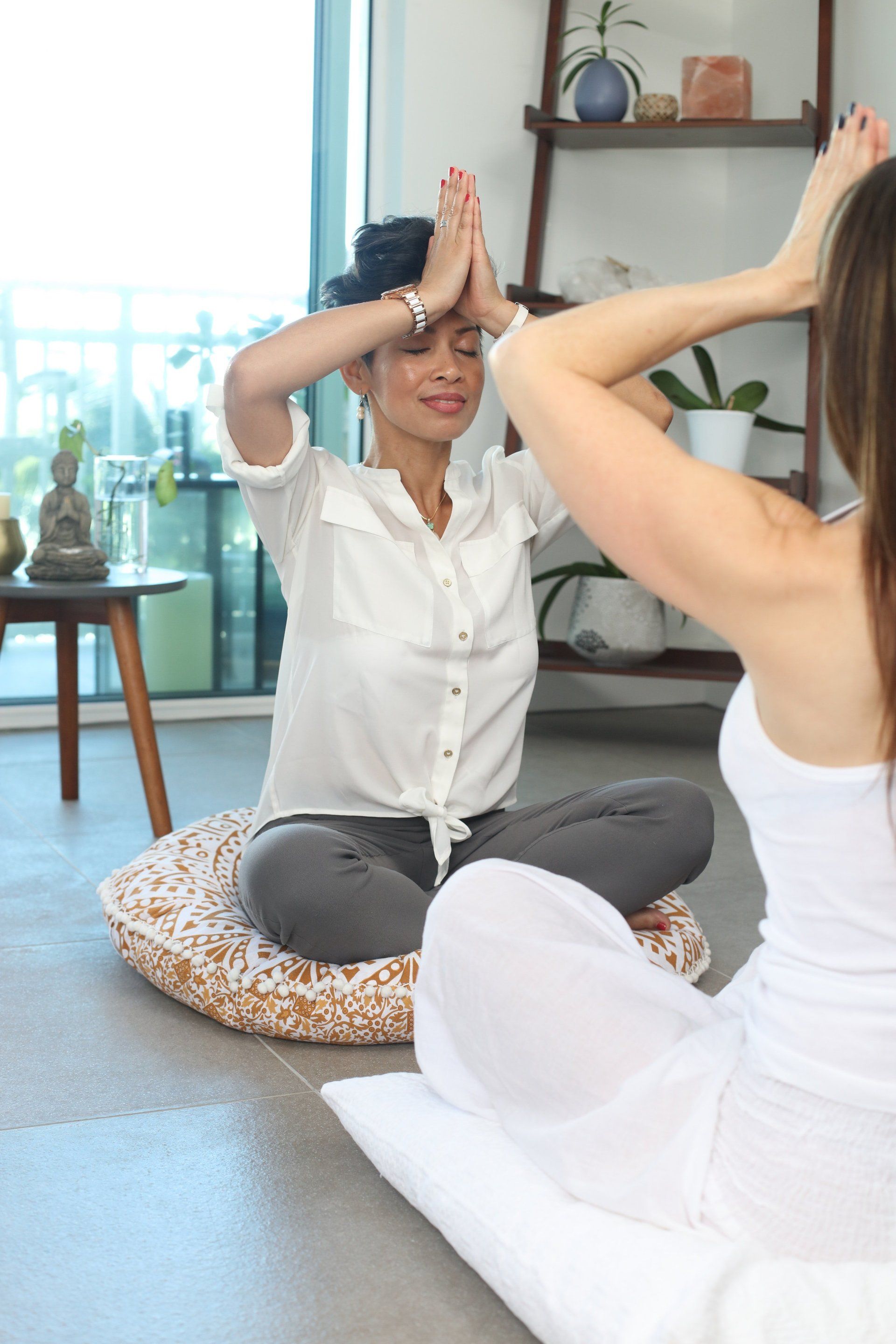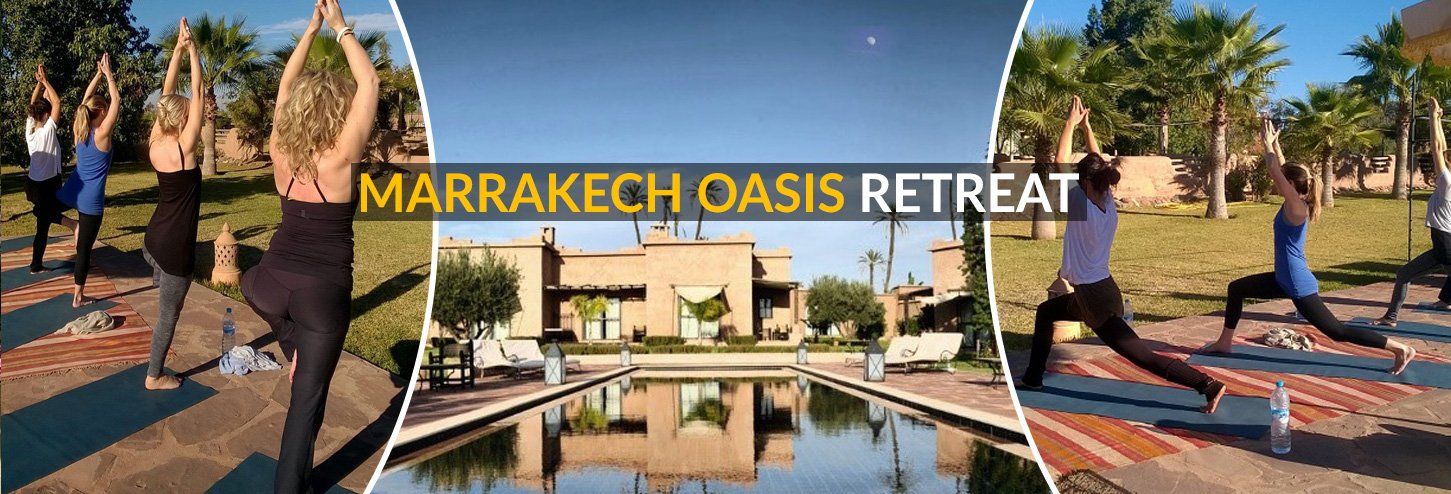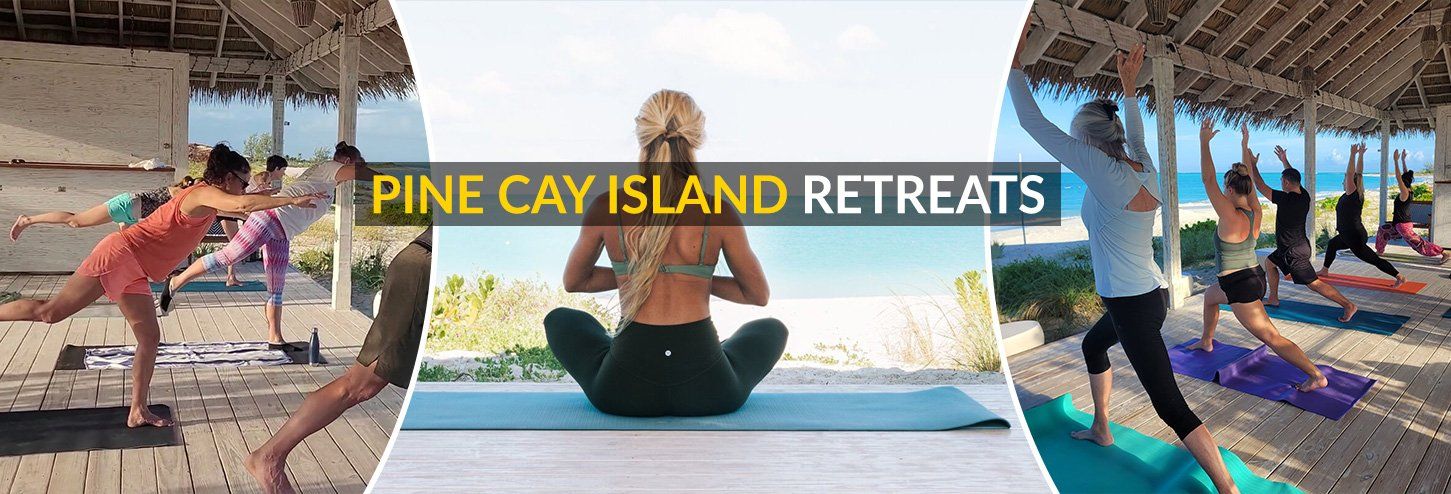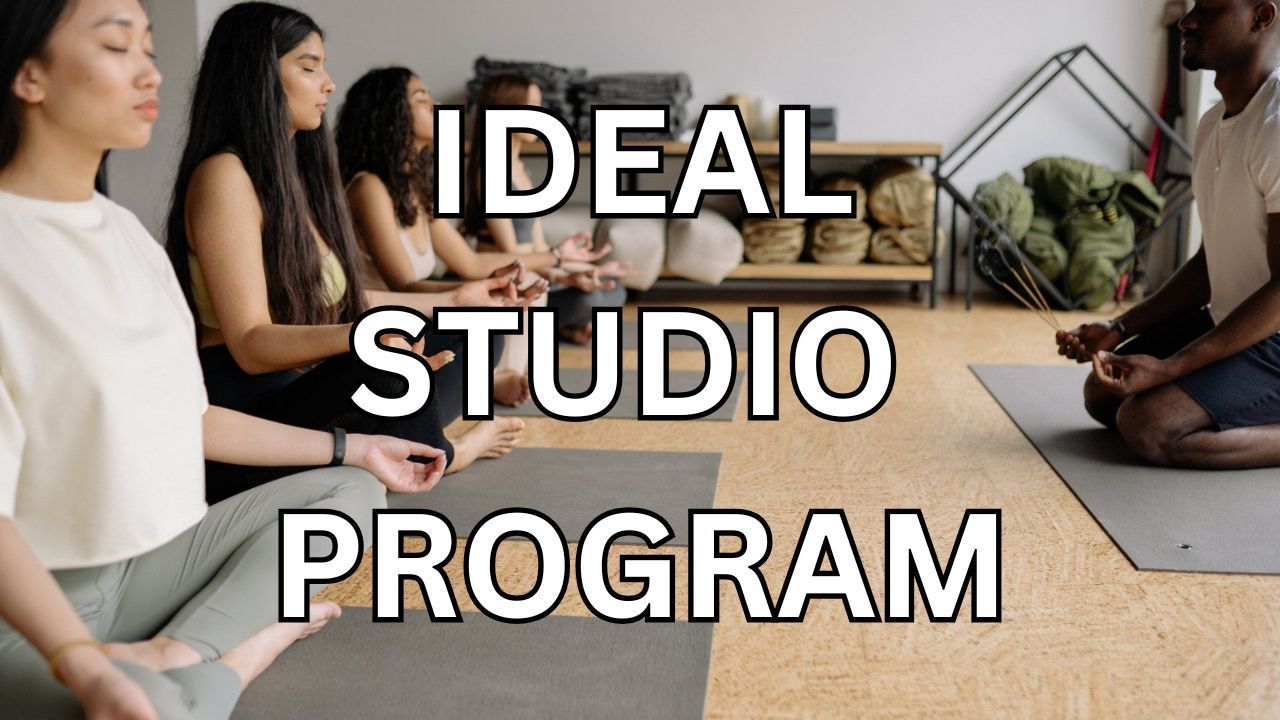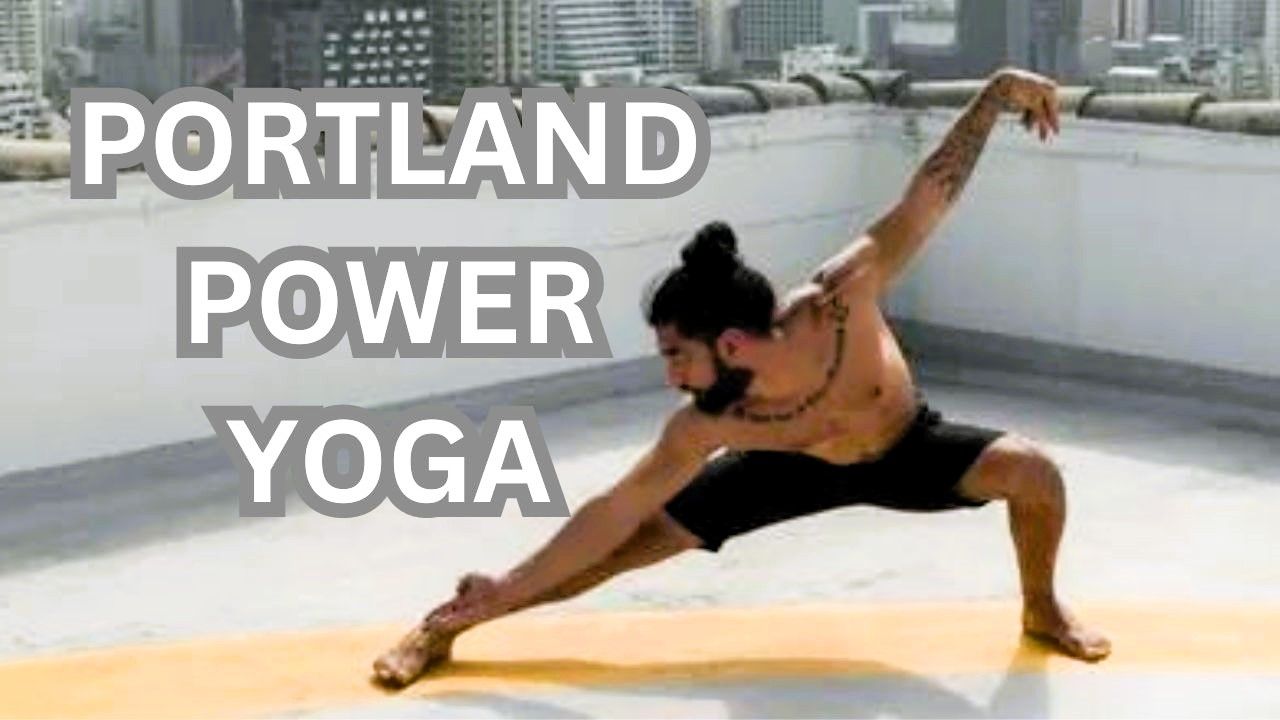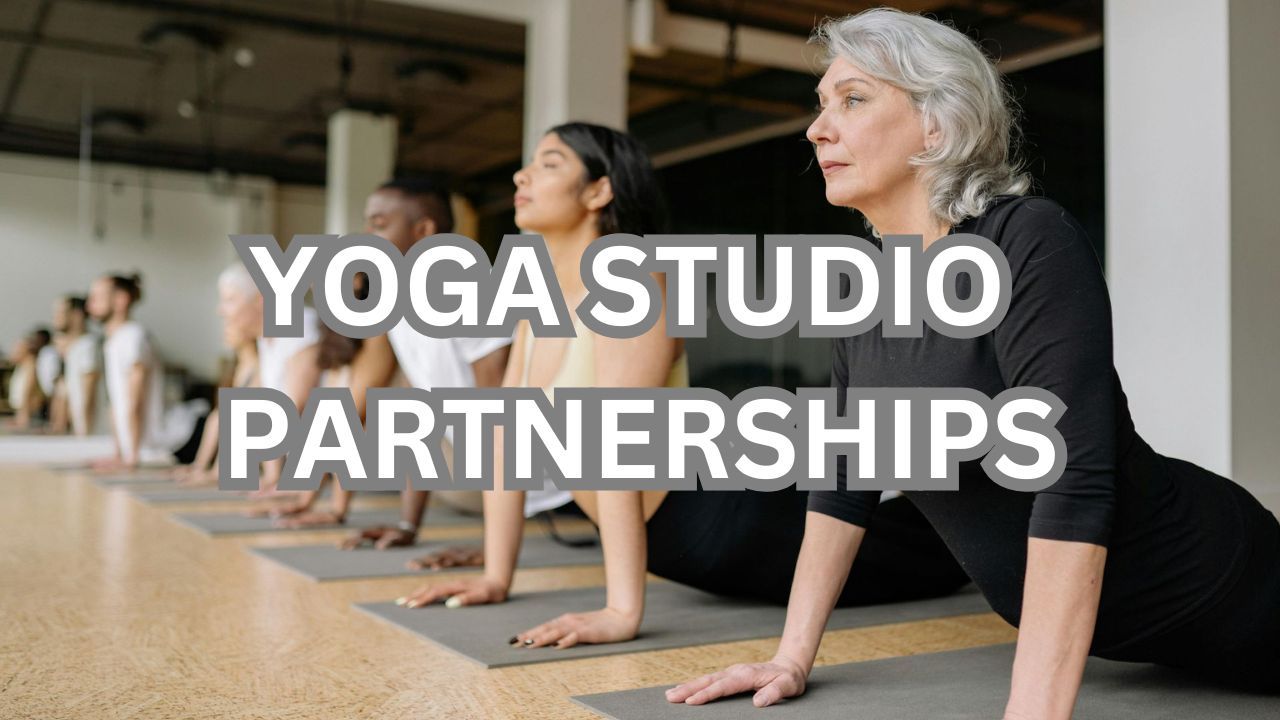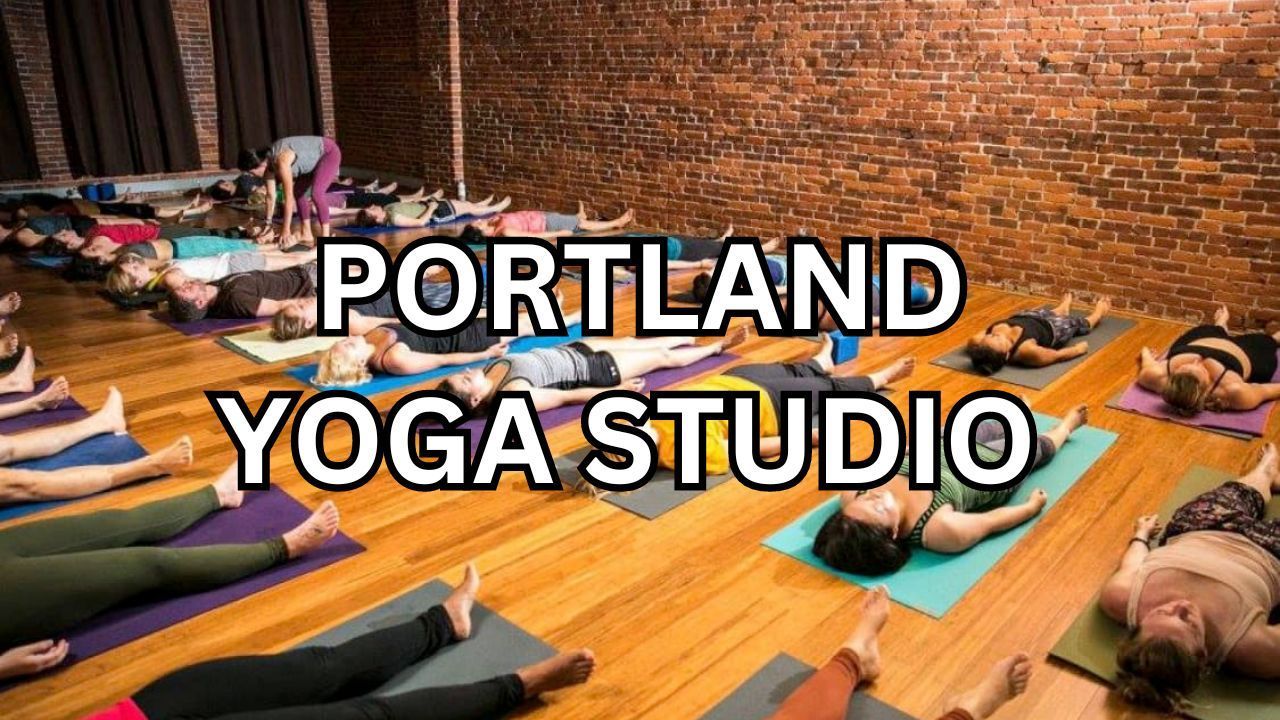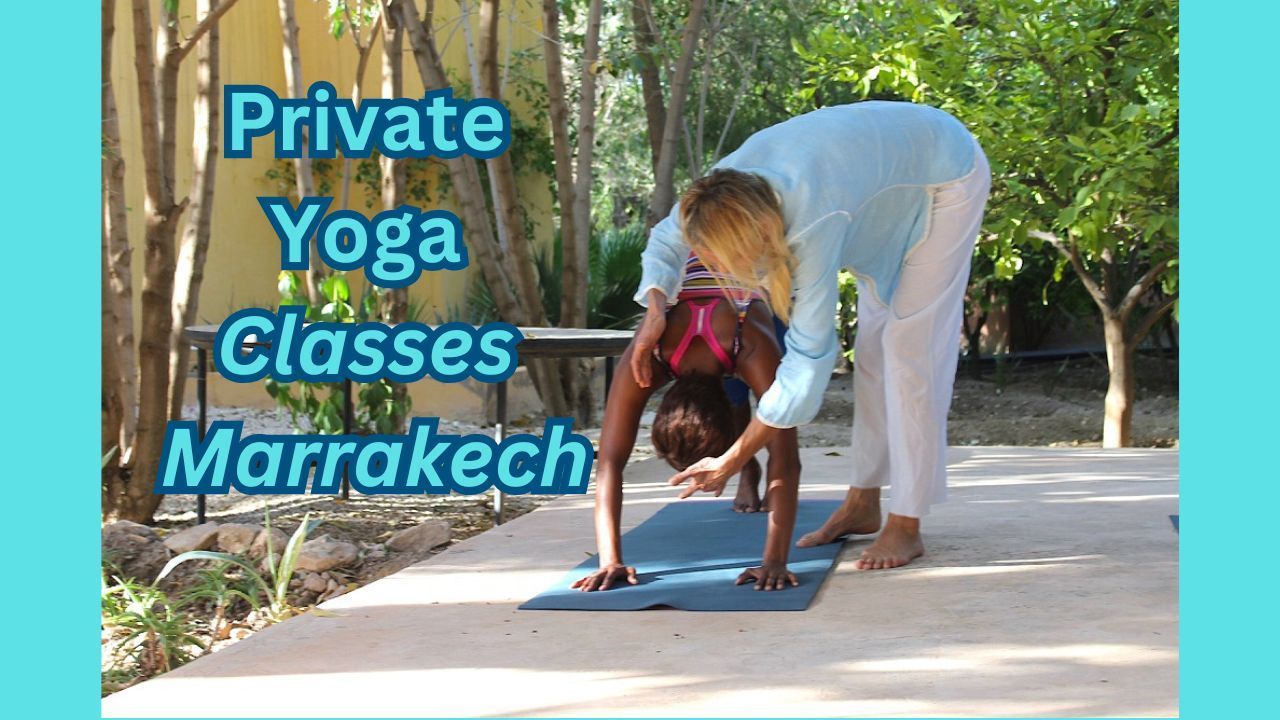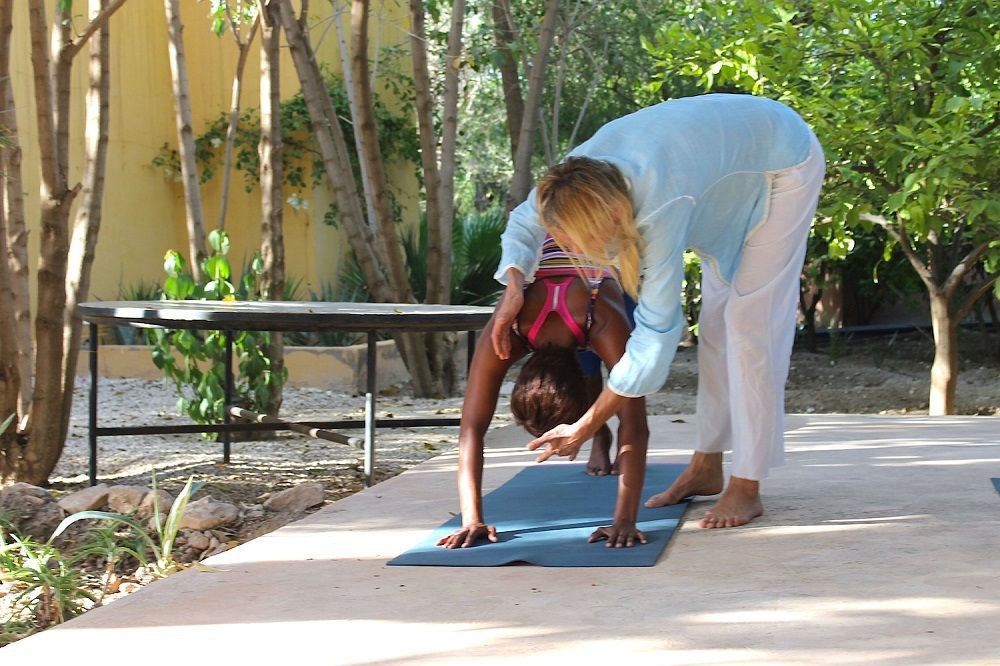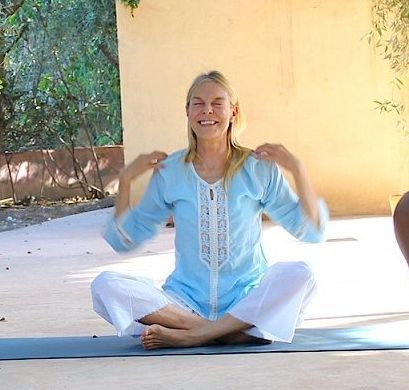Primary, Secondary and Tertiary Students
Primary students occupy the front rows and are the ones with the most experience, knowledge and skill under the teacher. As the most visible members, they best reflect a teacher’s method.
Secondary students occupy the rows behind the Primary and compared to the them they attend with less frequency. Secondary students’ experience knowledge and skill although quite well may not be up to the standards of the Primary. Secondary are familiar with the practice but still look to the Primary for an example.
Tertiary students occupy rows behind the Secondary and possess the least experience with the teacher. They might be highly skilled in other systems or yoga styles but are yet to learn the direction of the practice. Tertiary might be transient students searching for new teachers, styles or just exploring the method.As a new student to an established class it is proper etiquette to ask the teacher where to sit.
Primary students occupy the front rows and are the ones with the most experience, knowledge and skill under the teacher. As the most visible members, they best reflect a teacher’s method.
Secondary students occupy the rows behind the Primary and compared to the them they attend with less frequency. Secondary students’ experience knowledge and skill although quite well may not be up to the standards of the Primary. Secondary are familiar with the practice but still look to the Primary for an example.
Tertiary students occupy rows behind the Secondary and possess the least experience with the teacher. They might be highly skilled in other systems or yoga styles but are yet to learn the direction of the practice. Tertiary might be transient students searching for new teachers, styles or just exploring the method.As a new student to an established class it is proper etiquette to ask the teacher where to sit.
Class Development
Over the first months of a new class, the Primary students are identified and positioned in the front row. The Primary is given first attention followed by the Secondary. At some point, the front row of Primary students becomes proficient in exemplifying the verbal directions. Then the Primary rows execute instructions while secondary and Tertiary rows follow the example seen. This allows a teacher to be hands-on with the class. Tertiary do not require fine-tuning in the beginning. They only need to come to class and learn from the examples provided while focusing on the points that may lead to injury. Once a Tertiary student understands how not to hurt themselves then they may grow with a class. This is true with a class that has been running for many months or years with highly proficient practitioners within the class.
From a traditional teaching perspective Tertiary are to prove themselves over time. In such schools, teachers do not address Tertiary students since they are likely transient. In these schools, a Tertiary student is considered only after dedication is proven.
Over the first months of a new class, the Primary students are identified and positioned in the front row. The Primary is given first attention followed by the Secondary. At some point, the front row of Primary students becomes proficient in exemplifying the verbal directions. Then the Primary rows execute instructions while secondary and Tertiary rows follow the example seen. This allows a teacher to be hands-on with the class. Tertiary do not require fine-tuning in the beginning. They only need to come to class and learn from the examples provided while focusing on the points that may lead to injury. Once a Tertiary student understands how not to hurt themselves then they may grow with a class. This is true with a class that has been running for many months or years with highly proficient practitioners within the class.
From a traditional teaching perspective Tertiary are to prove themselves over time. In such schools, teachers do not address Tertiary students since they are likely transient. In these schools, a Tertiary student is considered only after dedication is proven.
Practicing with Teachers
Two outlook regards practicing with teachers. First is teachers practicing with students following them. The second have students practicing while teachers verbally guide and correct them.
For some teachers practicing with students is fundamental demonstrating that what is preached is also practiced. Considered a bonding experience such classrooms are appropriate for local community classes with regularly attending students. The drawback is that students may not be corrected but it is fine if the method is understood by the class. Teachers practicing such relations several times a day will likely find it hard on their bodies. This is especially true if they come out of postures to correct a students and then return to practicing with the class. Taking the attention outside the body while doing a posture increases possibilities of injuries.
Hands On
For easily assimilated practices a hands-on coupled approach with verbal cues are applied at the beginning. Until the direction of the practice is made aware of being guided verbally with hands-on adjustments allow the body to be felt and is the most direct step to learning. This is especially true with international yoga retreats when students are not knowing the teacher or method. The body is a place of feeling and not thinking. Some demonstrating is necessary for complete beginners who never saw a posture. Having an initial visual picture of a posture is the first step. To acquire depth attention must be directed inwards during a lesson. Attention outwardly on a teacher is to be momentary. A hands-on approach from the peripheral side of the student with verbal instructions provides the fastest and deepest progression since the student directs attention inward. As the relationship progresses physical contact becomes less necessary while verbal instructions are reduced.
Inward
Practicing yoga is not comparable to jogging with a friend and having a conversation with simultaneously. This is touted in fitness as the best way to burn fat. The goal is to go deep into the body then mind and connect to the spirit within. This is not accomplished by directing attention outwards. So Yoga with Perumal teaching style emphasizes a teacher to be standing outside of a students vision while maintaining a guiding voice.
Injuries
A teacher cannot be practicing while paying attention to students for technique and safety. A student not knowing the practice and practicing along teachers is more likely to injure. If the teacher is practicing then the teacher will not be watching to prevent injuries. At the same time if the teacher is practicing and having to take attention outside the body to pay attention to students then injuries are likely. Teachers practicing with students and popping out of postures to correct a student is likely to be injured. Entering and exiting a posture must be done slowly while avoiding to talk within the posture or injury is likely. It is not ideal for the body to practice on the same parts more than once a day. A teacher in a morning self-practices doing a warrior after cooling down demonstrating the same a few hours later is likely to injure. Doing so more than two times per day will increase possibilities of injuries.
No Middle
Almost in every class Yoga with Perumal does not have a middle ground. The teacher only practices with an experienced class that knows what they are doing. Or the approach is completely hands on. Students and teachers practicing together are secondary to the hands-on and verbal instructions which offer increased benefits.






